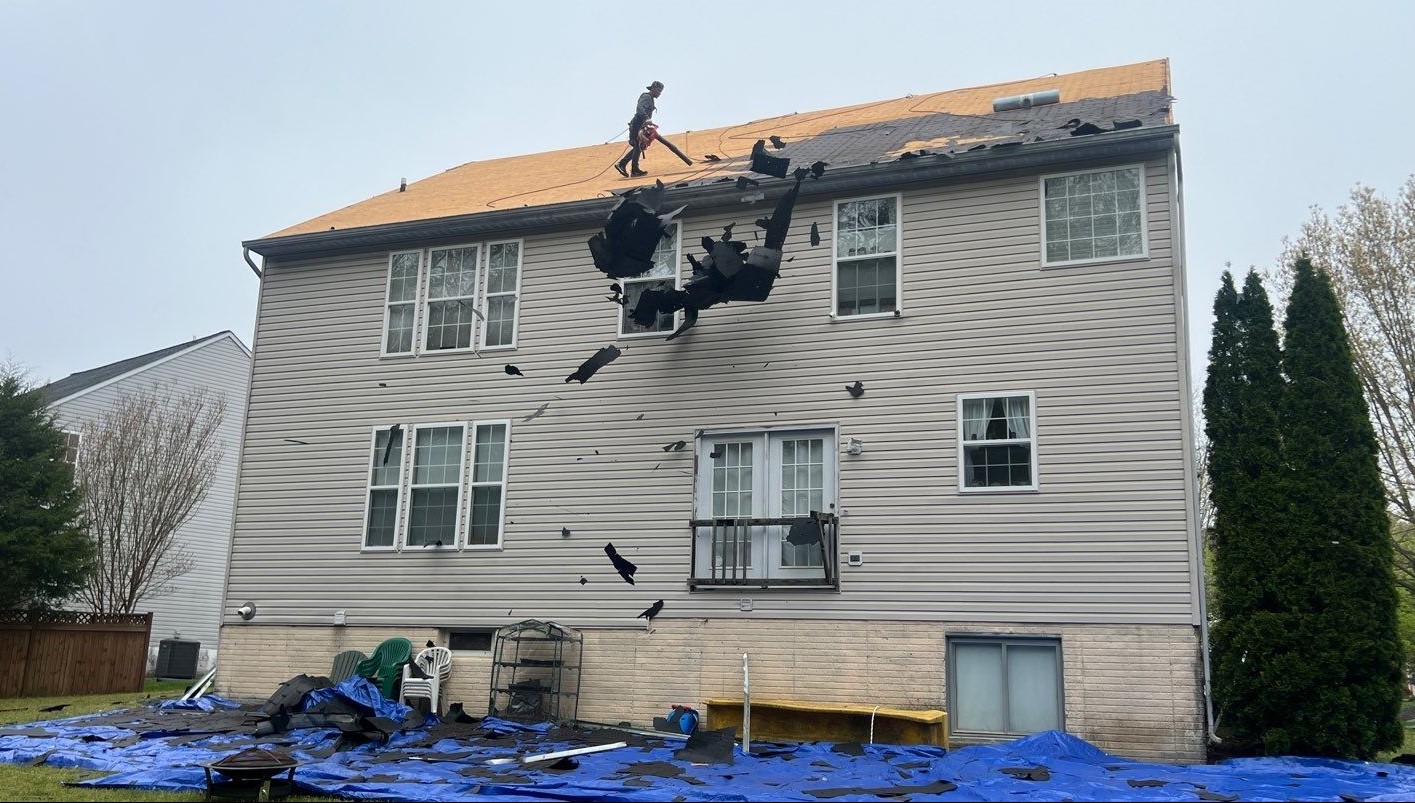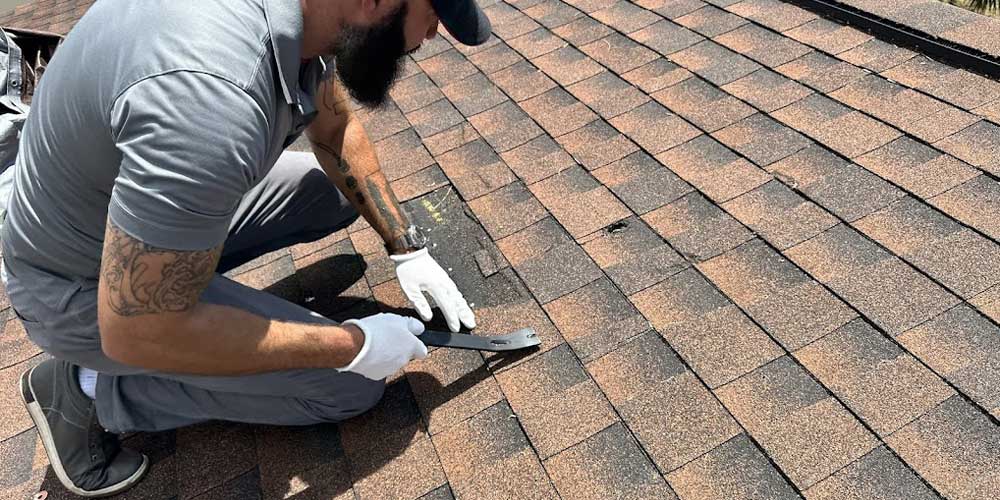Roofing Oahu: High Quality Providers for Long Lasting Roofs in Oahu
Roofing Oahu: High Quality Providers for Long Lasting Roofs in Oahu
Blog Article
Recognizing the Different Kinds Of Roof Coverings: A Comprehensive Guide for Homeowners
In the world of homeownership, picking the ideal roof design is a decision that carries significant effects for both performance and aesthetic appeal. With a range of alternatives-- varying from the conventional gable to the modern level-- each kind offers one-of-a-kind advantages and obstacles that ought to line up with the property owner's ecological considerations and certain requirements. Understanding these distinctions not just help in making an educated option but also influences long-term maintenance and power efficiency. As we check out the intricacies of various roof covering kinds, it comes to be evident that one dimension does not fit all; the appropriate selection might amaze you.
Saddleback Roof
Saddleback roofs, defined by their triangular shape, are among the most prominent roof covering designs as a result of their simpleness and performance in losing water and snow. This design features two sloping sides that satisfy at a ridge, permitting effective drainage and minimizing the threat of water buildup. The steep pitch generally related to gable roofings improves their capacity to manage heavy rainfall, making them ideal for different climates.
In addition to their practical benefits, saddleback roofs supply aesthetic adaptability. They can be adjusted to different building designs, from standard to contemporary homes. The design can additionally fit added attributes such as dormer home windows, which enhance natural light and air flow in the attic room area.
Furthermore, saddleback roofs offer ample room for insulation, contributing to power performance. Homeowners can select from a range of roofing materials, consisting of asphalt tiles, steel, and ceramic tiles, even more enhancing modification options.
In spite of their advantages, saddleback roofs may need additional support in areas prone to high winds or hefty snowfall. Generally, the saddleback roof continues to be a preferred choice because of its blend of functionality, sturdiness, and visual charm.
Apartment Roofs
Level roofings are typically recognized for their minimal style and functional applications, specifically in industrial and commercial settings (oahu roofing). These roofing systems include a horizontal or almost straight surface area, which permits easy building and construction and flexible room utilization. While they may do not have the visual allure of pitched roofs, flat roofings offer many advantages, particularly in metropolitan environments where making the most of room is vital
One of the key advantages of level roofs is their ease of access. Property owners can utilize the roofing space for different functions, such as roof yards, balconies, or solar panel installments. Additionally, level roof coverings are usually more cost-efficient to keep and set up contrasted to their sloped counterparts, as they require less materials and labor.
However, level roof coverings do existing certain difficulties. Appropriate drainage is necessary to stop water pooling, which can lead to leaks and structural damages. Hence, choosing premium waterproofing materials and normal examinations are important for guaranteeing longevity. Typical products utilized for level roofings include built-up roof covering (BUR), modified asphalt, and single-ply membrane layers, each offering unique benefits. On the whole, level roofings function as a useful and versatile option for many home owners and services alike.
Hip Roof Coverings
Hip roof coverings are defined by their sloped sides that converge on top, developing a ridge. This layout is distinctive from gable roofs, as all 4 sides of a hip roof incline downwards towards the walls, supplying a more stable framework. The angle of the slopes can differ, permitting versatility in architectural appearances and capability.
One of the key benefits of hip roofings is their capacity to endure heavy winds and damaging weather condition conditions. The sloped surfaces enable better water drainage, minimizing the danger of leakages and water damages. In addition, hip roofs use enhanced attic room area, which can be used for storage space or perhaps exchanged livable areas.
Nevertheless, constructing a browse around this web-site hip roofing system can be more costly and intricate than easier roofing system kinds, such as gable roofings. The added product and labor associated with developing the slopes and making sure appropriate architectural integrity can lead to greater expenditures. In spite of these drawbacks, several home owners prefer hip roofing systems for their resilience, aesthetic allure, and potential for power performance.
Mansard Roof Coverings
Mansard roofing systems, usually recognized by their distinct four-sided layout, attribute 2 inclines on each side, with the reduced slope being steeper than the upper. This building style, originating from France in the 17th century, is not just cosmetically enticing yet practical, as it maximizes the useful space in the top floorings of a structure. The high reduced incline enables more headroom, making it an excellent choice for lofts or attic rooms, which can be exchanged living areas.
Mansard roofs are characterized by their convenience, accommodating numerous architectural styles, from typical to modern. They can be created with different products, consisting of asphalt roof shingles, slate, or steel, giving property owners with a variety of choices to fit their preferences and budget plans. Additionally, the style enables for the integration of dormer home windows, enhancing natural light and ventilation in the top levels.
Nevertheless, it is vital to consider the prospective downsides. Mansard roofings may need even more upkeep as a result of the intricacy of their style, and their high slopes can be challenging for snow and rain drainage. On the whole, mansard roof coverings combine sophistication with usefulness, making them a preferred choice amongst house owners looking for distinct architectural features.
Dropped Roof Coverings
As homeowners increasingly seek simplicity and capability in their building layouts, lost roofings have arised as a preferred option. Characterized by a single sloping airplane, a shed roof covering provides a minimalist visual that matches various home styles, from modern to rustic.
One of the main benefits of a shed roof is its straightforward construction, which commonly equates to reduce labor and product expenses. This style enables effective water drainage, reducing the danger of leaks and water damages. Additionally, the vertical slope gives ample area for skylights, enhancing all-natural light within the inside.
Dropped roofings additionally use versatility in terms of use. They can be successfully integrated into additions, garages, or outdoor structures like sheds and pavilions. Furthermore, this roofing design can suit different roofing products, consisting of steel, asphalt tiles, or also green roofing systems, lining up with environment-friendly efforts.
Nevertheless, it is important to consider local climate conditions, as hefty snow loads may require modifications to the roofing system's angle or framework. Overall, shed roofing systems provide a sensible and visually pleasing alternative for home owners seeking to take full advantage of performance without compromising design.
Conclusion


Gable roofs, defined by their triangular shape, are among the most preferred roof designs try this site due to their simplicity and performance in losing water and snow. oahu roofing. The high pitch typically connected with gable roofing systems improves their ability to manage hefty precipitation, making them ideal for various environments
While they might do not have the aesthetic appeal of pitched roofings, level roofs provide many benefits, particularly in urban settings where making the most of area is important.

Report this page